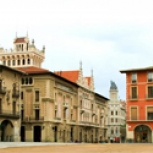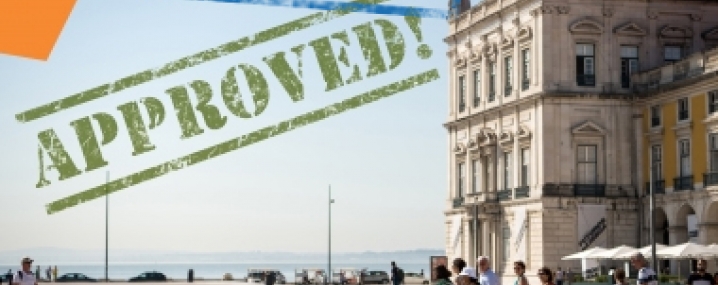
Vic
The urban area of Vic, has an area of 3,064 Ha, of which 800Ha are urban land and 2,264 hectares are part of the open spaces network.
In terms of economy and territory, Vic plays the role of regional capital of Osona, and its influence and territorial projection goes far beyond the strict scope of the region. Vic, as an intermediate city, has the challenge of keeping itself as the nexus between the territory and the big capitals.
The city is proud of retaining traditions and the very essence of the interior of the country. The more than two thousand years of history have left an important historical, artistic and architectural heritage to the city. The historic centre, of medieval origin, preserves in a small area numerous exhibits of this heritage: from a Roman temple erected in the 1st century, to remarkable buildings of contemporary times, going through the Romanesque bell tower of the cathedral, the gothic cloister, medieval walls, baroque churches and houses and remarkable examples of modernism.
The strategy of the development of the city is human-minded oriented, placing the quality of life and health of its inhabitants in the centre of all Municipal policies and action plans that have been carried out in the city in recent years.
SOME RELATED NETWORKS
Healthy Cities
Article
How are URBACT cities reacting to Covid-19?
Article




